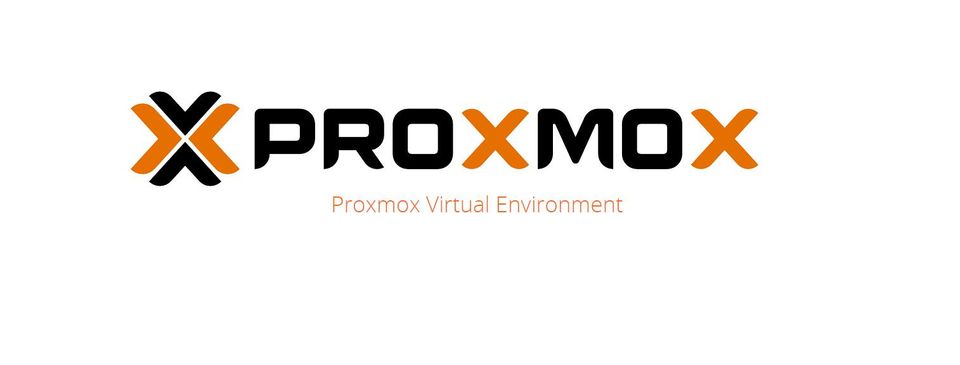Build your own Cloud Storage with Ceph
Public clouds were created around the premise of dynamic demand, scaling up and down to the right size based on the resource demands of the application or organization. This flexibility is very appealing and justifiable when it comes to resource management around computing resources. However, when storing data in the cloud, more often than not you don’t only pay for storage but also to read (egress) and write (ingress) to the storage system. With public cloud storage, the egress and ingress costs can be unpredictable, which makes building your own cloud storage so appealing. Typically, an organizations storage usage will grow over time, both in capacity as well as in egress/ingress making the cost grow as well. While most public cloud providers do not charge for ingress, they do however charge for API calls. This pricing model can make for unpredictable and variable monthly costs, and make it difficult to budget for.
Read more










